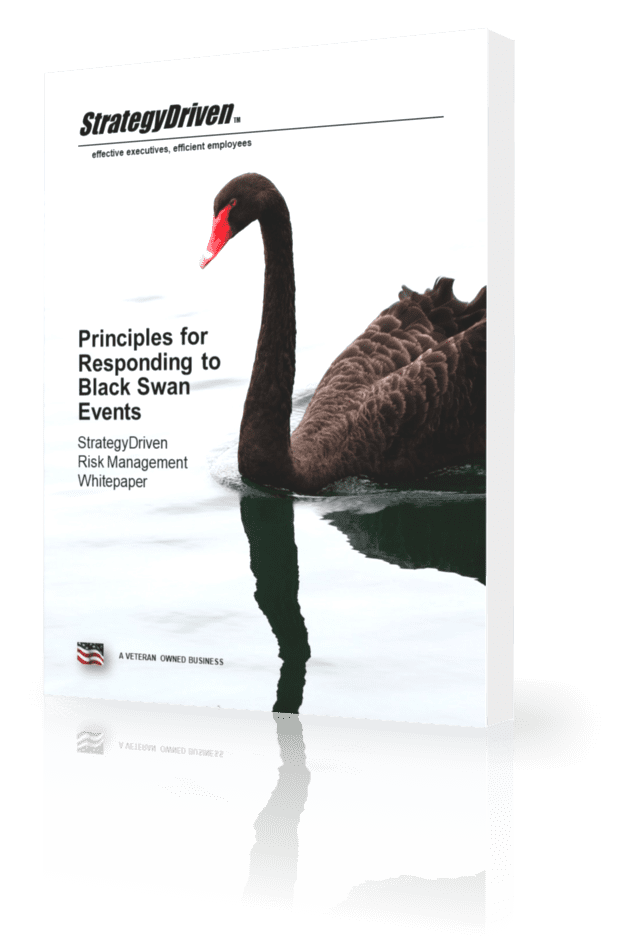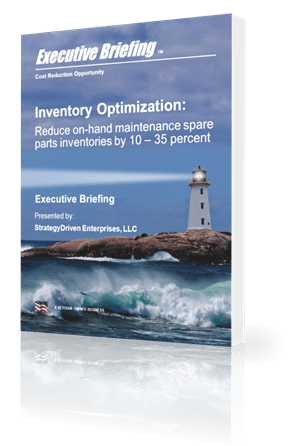Business Politics Practices – Manipulating the Intent

Hi there! Gain access to this article with a StrategyDriven Insights Library – Total Access subscription or buy access to the article itself.
| Subscribe to the StrategyDriven Insights Library
Sign-up now for your StrategyDriven Insights Library – Total Access subscription for as low as $15 / month (paid annually). Not sure? Click here to learn more. |
Buy the Article
Don’t need a subscription? Buy access to Business Politics Practices – Manipulating the Intent for just $2! |
Additional Information
Familiarity with logic errors and fallacies will help you select the right one to employ for manipulating the chosen policy or practice intent. Additionally, this knowledge will help you recognize when such a tactic is being used against you as well as providing you with the insight necessary to protect yourself from such attacks; typically by exposing them.
For more information related to logic errors and fallacies as well as how to recognize them, see the following StrategyDriven articles:
- Logic Fallacies Introduction
- The Gamblers Fallacy
- Weak Analogies
- ad hominem: Personal, Not Issue Attacks
- Distinction Without a Difference
- Intellectually Empty Assertions












Leave a Reply
Want to join the discussion?Feel free to contribute!